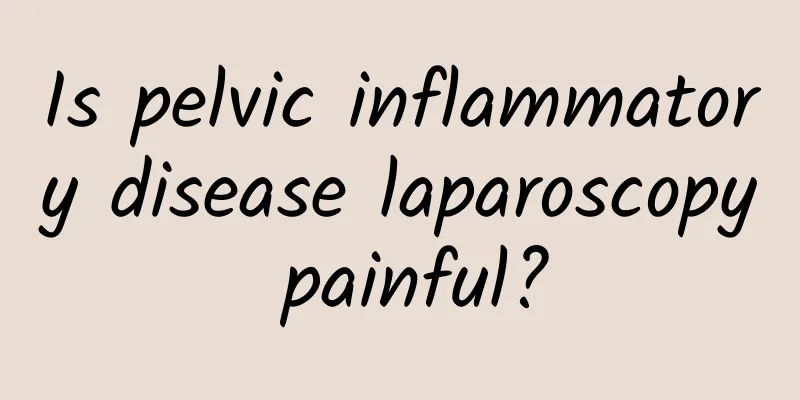What is the cause of pelvic inflammatory disease?

|
What are the causes of pelvic inflammatory disease? Pelvic inflammatory disease is a common gynecological disease caused by one or more pathogens. Its causes are relatively complex, mainly including: not paying attention to personal hygiene, postpartum infection, improper postoperative care, low immunity, etc. The spread of menstrual infection and inflammation of surrounding organs are also high-risk factors for pelvic inflammatory disease. Pelvic inflammatory disease mainly refers to inflammation of the female pelvic reproductive organs, pelvic peritoneum and connective tissue around the uterus. It is a general term for diseases that can be clinically divided into two different types: acute and chronic. Acute pelvic inflammatory disease is rapid in onset and serious, with symptoms such as abdominal pain, fever, and vomiting. Chronic pelvic inflammatory disease has a long course, is difficult to treat, and is prone to recurrence. The occurrence of pelvic inflammatory disease is related to the following factors: not paying attention to personal hygiene, puerperal infection, improper care after gynecological surgery, unclean sexual life, malnutrition, low immunity, menstrual infection, etc. In addition to primary pelvic inflammatory disease, there are a few secondary pelvic inflammatory diseases, which are mainly due to the spread of inflammation of tissues and organs around the pelvis. The more common ones include appendicitis, peritonitis, vaginitis, cervicitis, etc. Pelvic inflammatory disease is usually caused by infection with more than one pathogen and can be spread through the blood or lymphocytes. The inflammation of pelvic organs and tissues is not isolated, but affects each other. Acute pelvic inflammatory disease must be treated as soon as possible, and the course of treatment must be sufficient to ensure that the pathogens are completely killed. If acute pelvic inflammatory disease is not thoroughly treated, the disease will slowly evolve into chronic pelvic inflammatory disease. The continued development of inflammation will affect more tissues and organs, form adhesions between tissues, increase the difficulty of treatment, and easily recur, seriously affecting the function of the reproductive system and even leading to infertility. |
<<: Does an ovarian mass affect menstruation?
>>: The best treatment for pelvic inflammatory disease
Recommend
Does pressing your thumb to induce menstruation work?
The question of whether thumb pressing is effecti...
What is myomectomy?
There are many treatments for uterine fibroids. S...
What color is normal for ovulation bleeding?
Ovulation bleeding is usually light pink or light...
Is it good to drink a lot of water after intense exercise? Three principles for healthy drinking water
In the hot summer, drinking water in moderation i...
Where does appendicitis hurt?
The pain of adnexitis is usually concentrated on ...
Does a 6.2cm uterine fibroid require surgery?
When the diameter of uterine fibroids reaches 6.2...
Does uterine curettage require anesthesia? Why is anesthesia needed?
Uterine curettage requires anesthesia, but you ca...
Is recurrent spontaneous abortion easy to treat? How to treat recurrent spontaneous abortion?
There are many reasons for recurrent miscarriage,...
Medical treatment for ectopic pregnancy
If an ectopic pregnancy is discovered early, surg...
Treatment principles for functional uterine bleeding
The treatment principles for functional uterine b...
In what cases is it not suitable for women to have an abortion?
Abortion is the artificial termination of pregnan...
How to use medicine correctly for ovarian cysts
How to use medicine correctly for ovarian cysts? ...
Menstrual irregularities in middle age
Since her son was born, Zhao Mei has completely t...
7 tips for postpartum weight loss: a slim figure is no longer a dream
[Key points]: Childbirth makes women's bodies...
Wound care after laparoscopic treatment of uterine fibroids
Uterine fibroids are the most common benign tumor...









